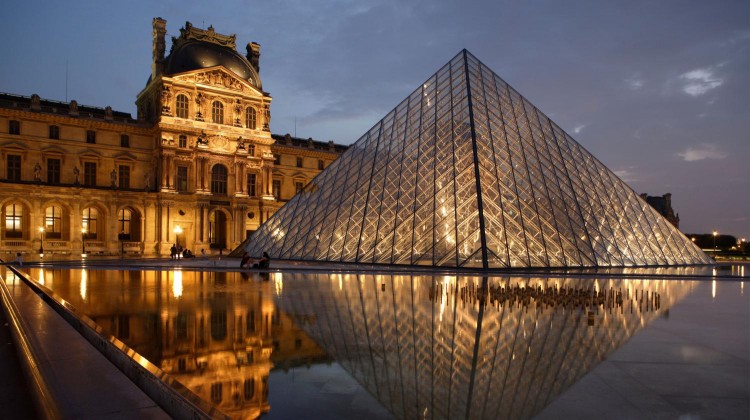The Louvre museum in Paris closed its basement display of Islamic art yesterday following a sharp rise in the level of the river Seine, which has been swollen by weeks of heavy rain.
The Seine swallowed its own quayside walkways earlier in the week and rose too high for Paris’s riverboats to pass underneath the ancient bridges that ring Notre Dame cathedral.
Tourists and locals were advised to steer clear of the banks for fear of being caught by swirling water, and barges moored to the submerged quaysides appeared as if stranded in the middle of a vastly wider river.
Six train stations located near the river, including St Michel in the Latin Quarter that draws many tourists, have also been forced to shut.
The Louvre, the world’s largest museum whose treasures include Leonardo da Vinci’s ‘Mona Lisa’ and the Venus de Milo statue, decided to shut its basement gallery as a protective measure because a large part of the building borders the Seine.
It did not say whether it was moving artworks from the area.
“A crisis unit is monitoring the situation in real time,” the Louvre said in a statement.
It noted that no damage was incurred in 2016, when similar measures were taken for fear of water damage to exhibits.
Forecasters predicted further flooding could lift the river by 6 metres (yards) or more in total. With the water level rising one to two centimetres per hour, the river had hit 5.24 metres at 1 p.m. on Wednesday.
Crunch-time is expected on Friday or Saturday, following more heavy rainfall forecast for Thursday.
Flooding caused destruction in Paris in 1910, when the Seine rose by 8.65 metres, a level that was topped only once on record, in February 1658






